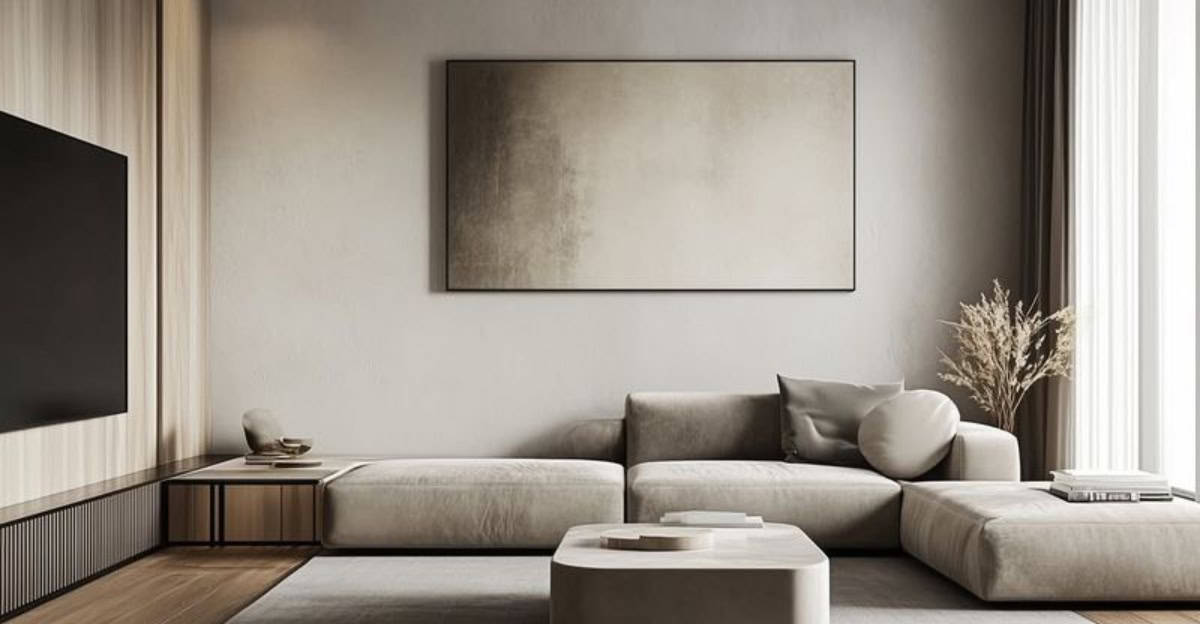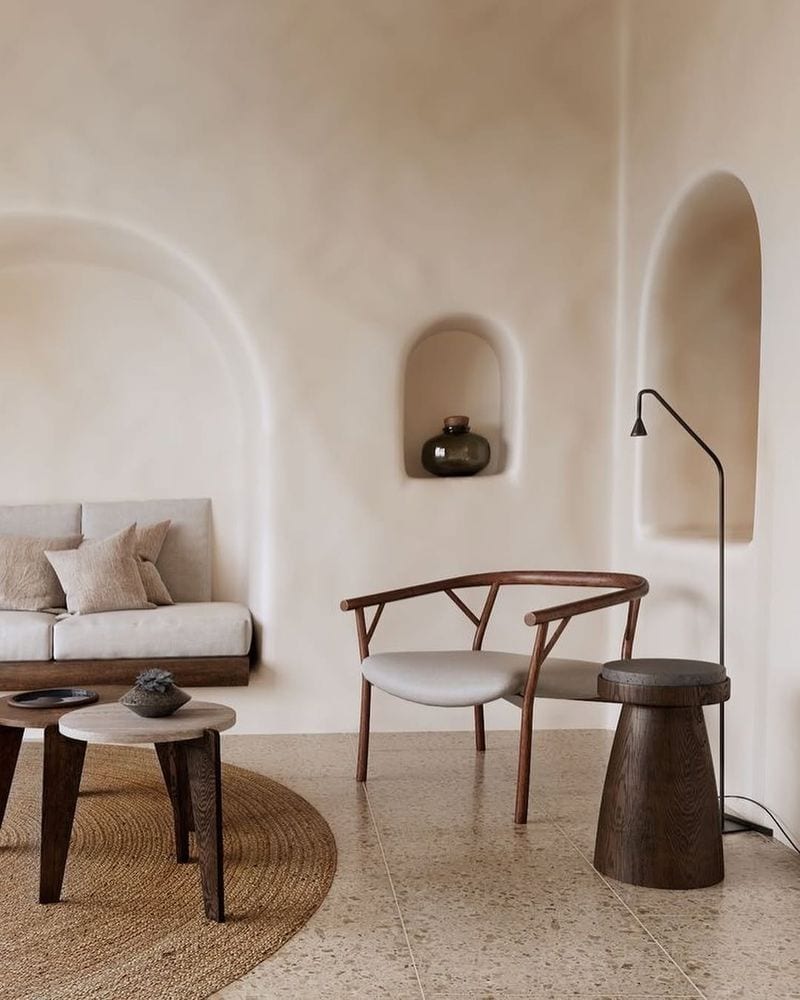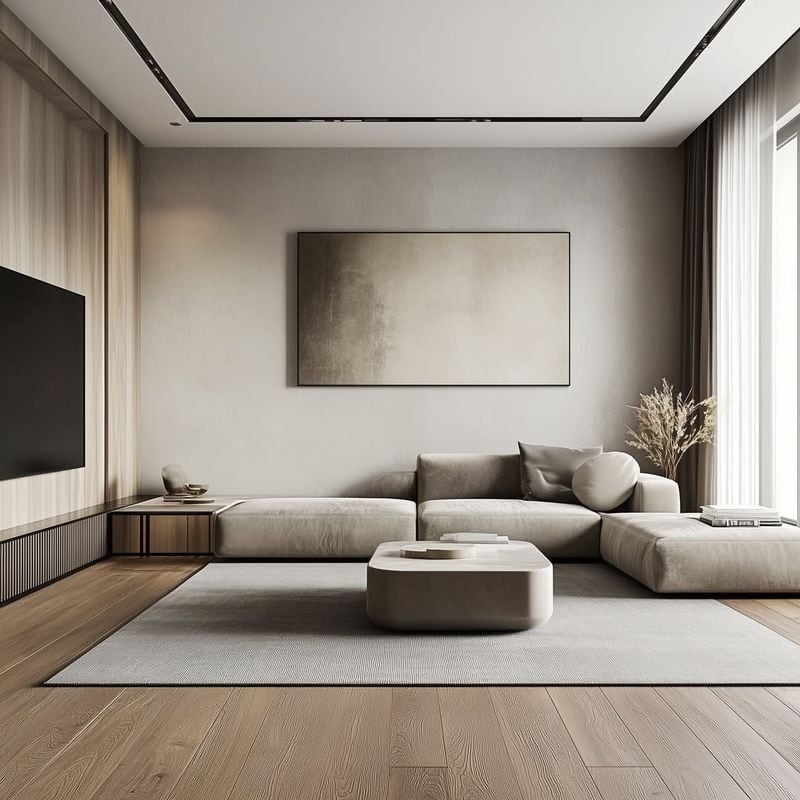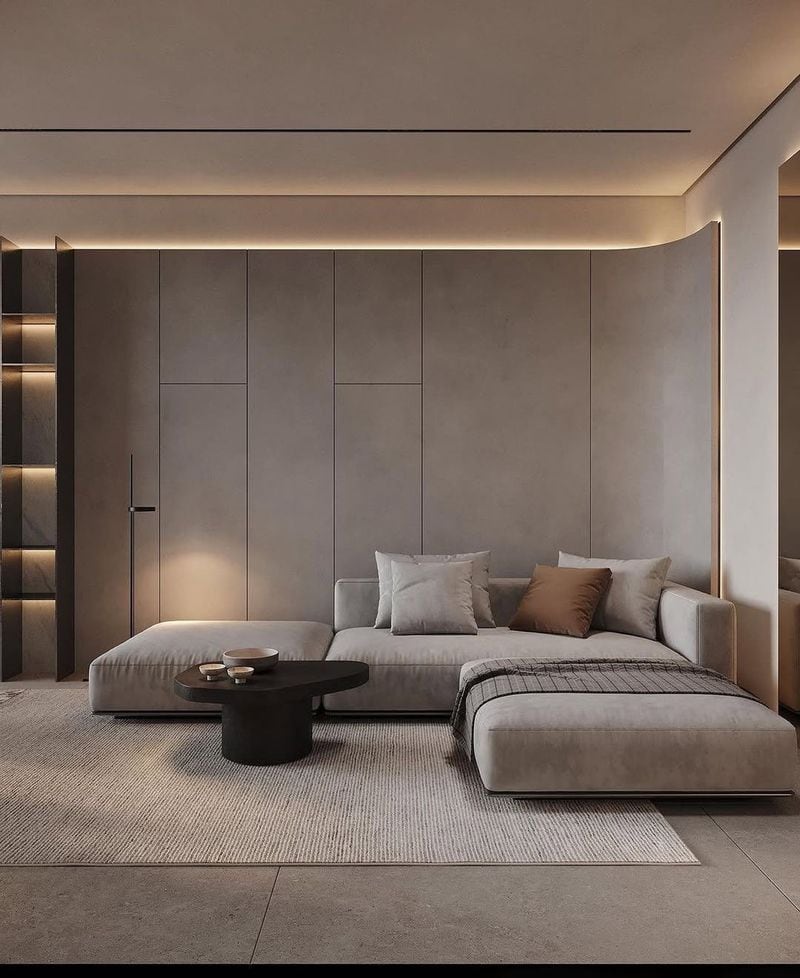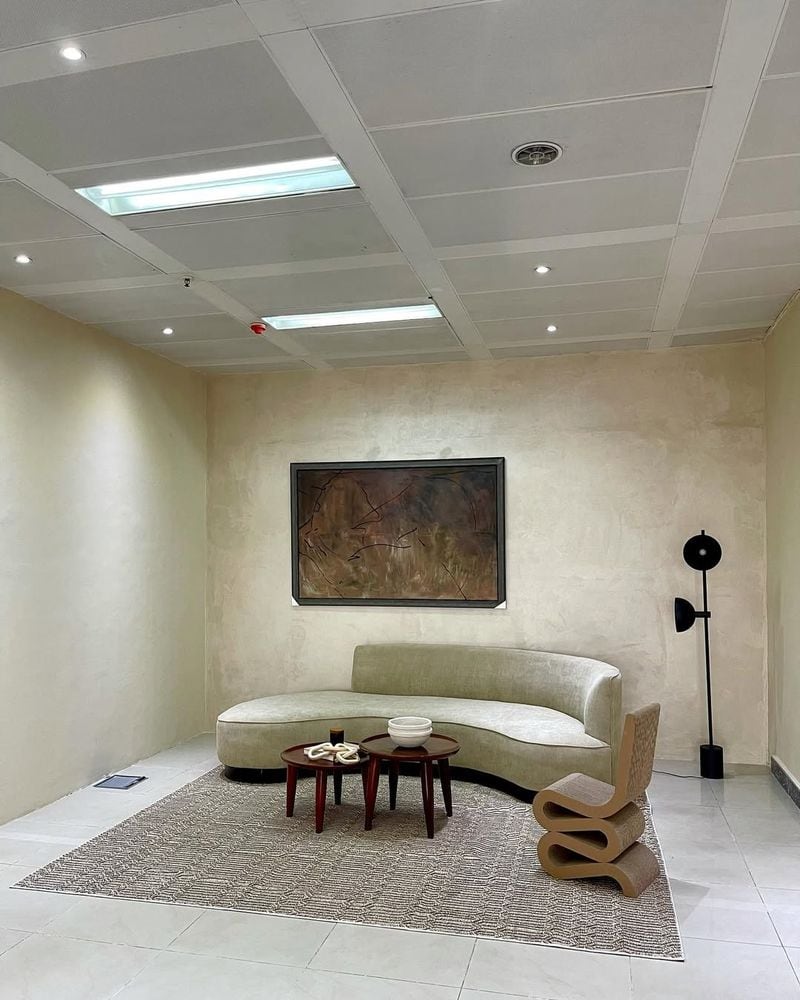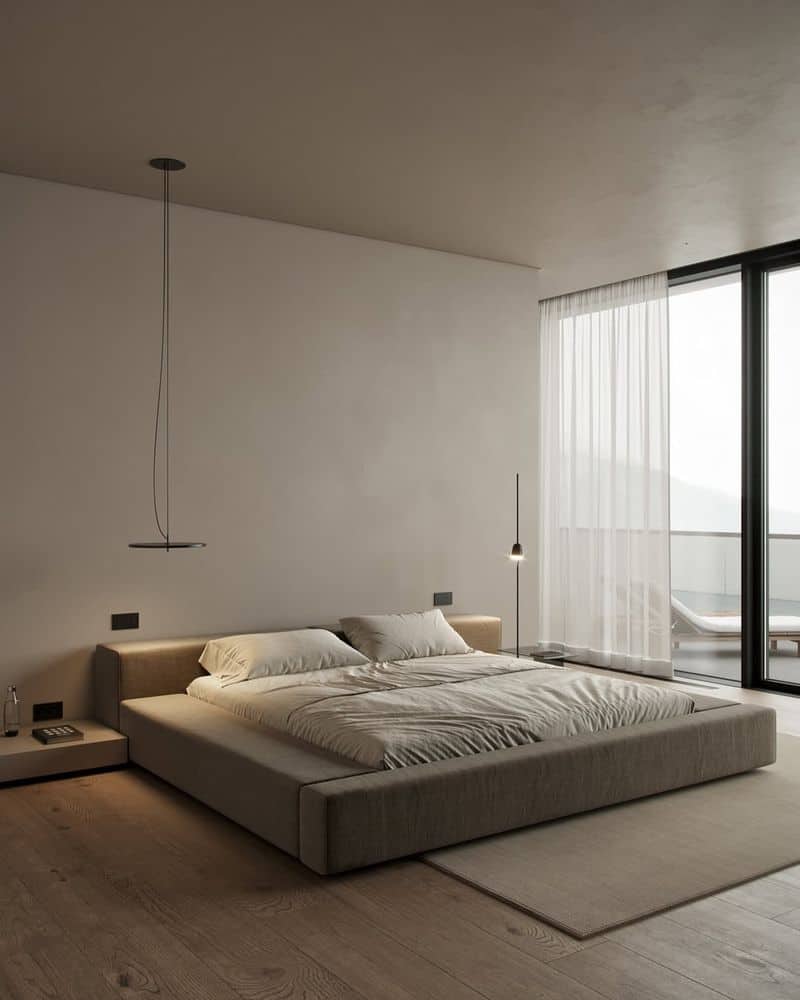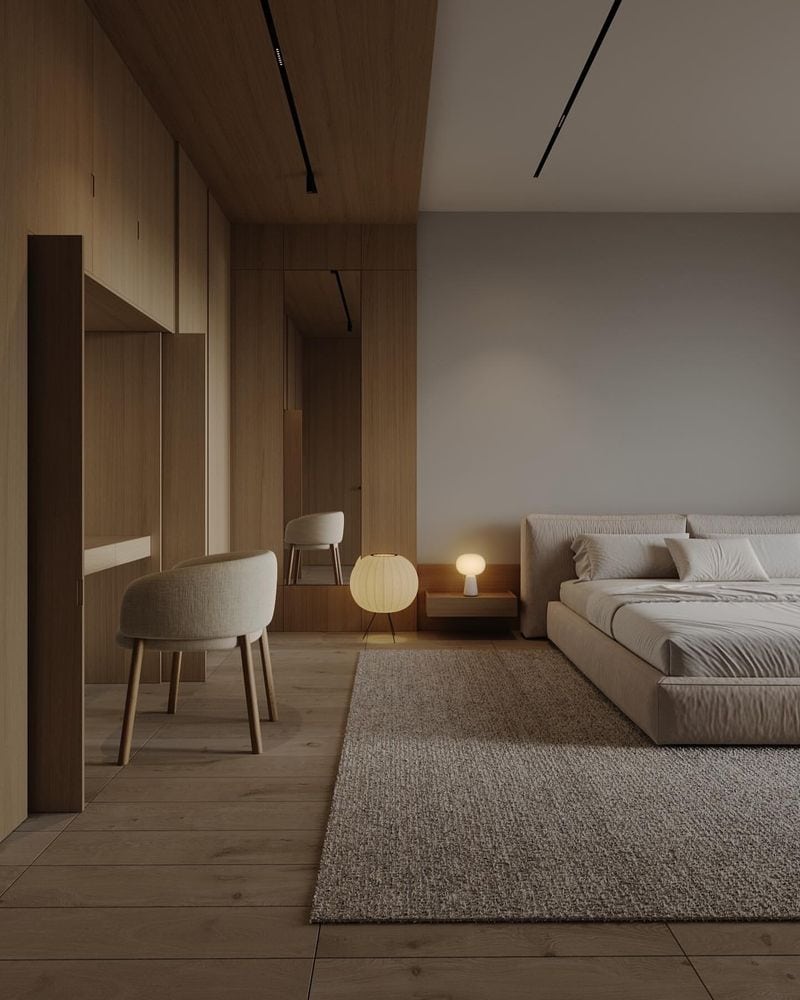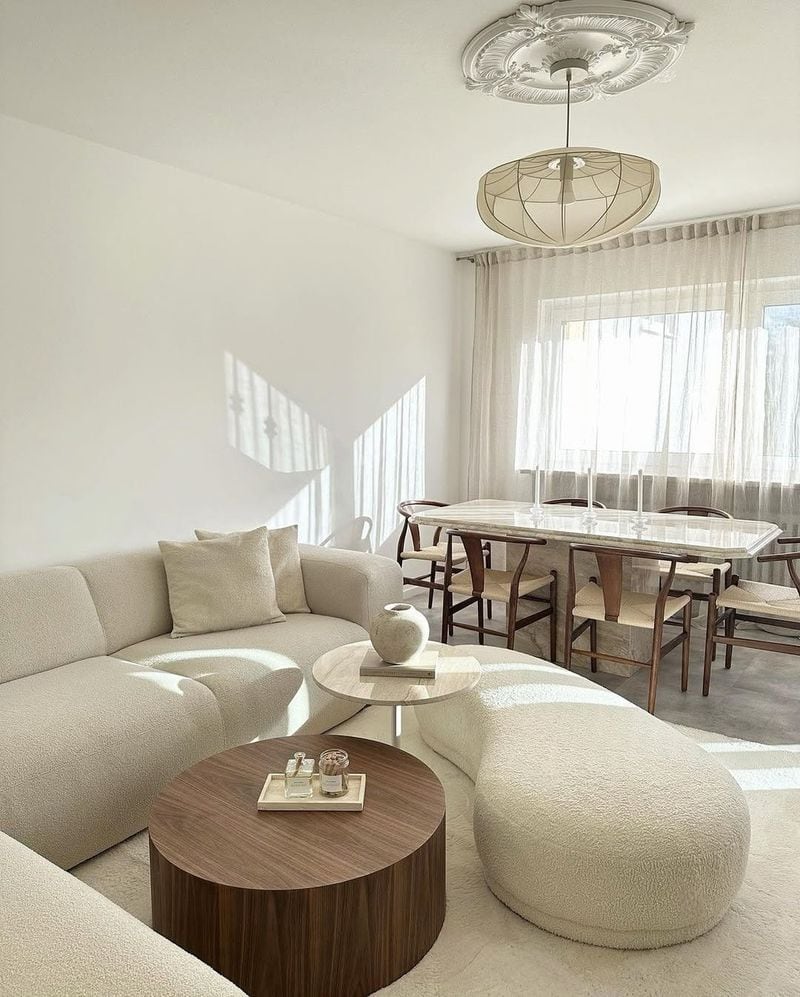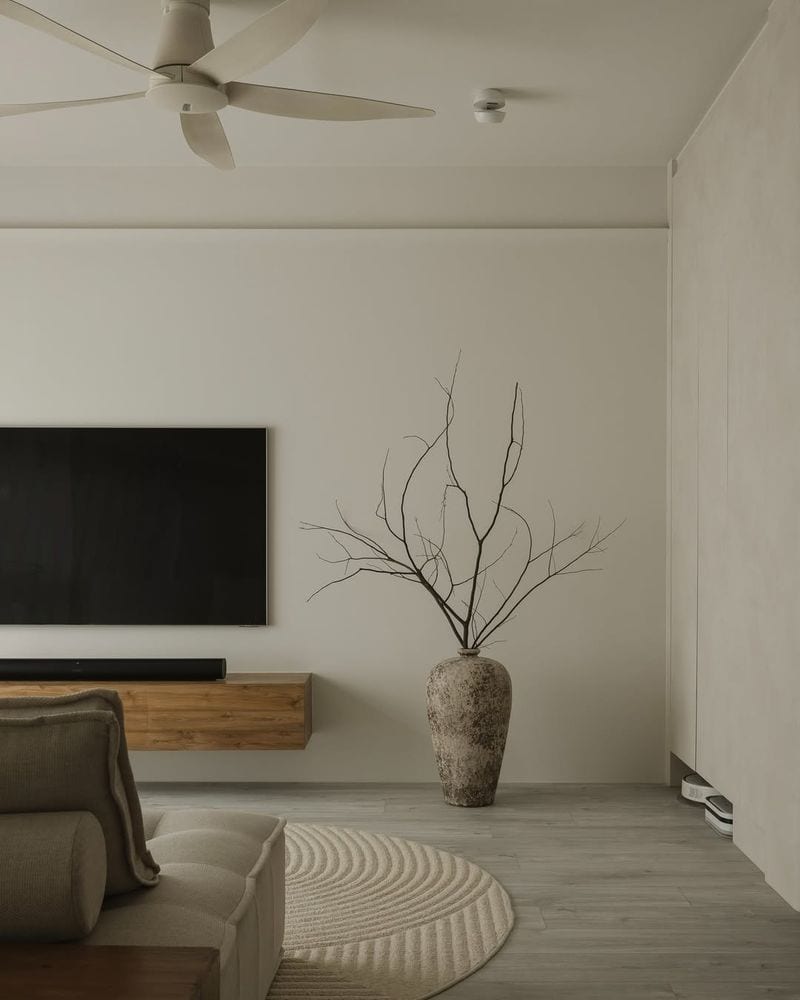Minimalism champions the “less is more” philosophy, promising serenity through simplicity. However, this pared-down style might not be everyone’s cup of tea.
Before you commit to a life of stark spaces and blank walls, it’s worth considering a few quirks that could make you rethink embracing the minimalist aesthetic.
Prepare yourself for a tour of the top 10 downsides that might make you reconsider filling that empty room.
1. Echo Chamber
If you’ve ever sung in the shower, you might appreciate an echo. But in a living room? The minimalist decor can turn your space into an echo chamber.
With fewer items to absorb sound, every footstep and cough bounces off the walls. Sure, it’s great for an impromptu opera but less so for a quiet conversation.
Consider adding a few soft furnishings if you prefer chats over concerts. So, unless you’re a budding musician in need of acoustics, you might find the soundscape somewhat overwhelming.
2. Cold Ambiance
Minimalist spaces can feel a bit chilly, and we’re not just talking about temperature. The sparse design lacks the warmth that cozy textiles and abundant furniture bring.
While it may look chic in magazines, the environment might leave you reaching for a blanket. Layering textures can add warmth without cluttering your space.
So, unless you enjoy wearing your winter coat indoors, you might want to reconsider those drafts. Add a touch of color or a plush rug to warm up your minimalist room.
3. Cleaning Frenzy
You might think less stuff equals less cleaning. Think again! Every speck of dust becomes a guest star on your floor. Minimalist rooms demand constant vigilance to maintain their pristine look.
Without knick-knacks to hide behind, dirt stands out like a sore thumb. If you’re someone who despises cleaning, the minimalist lifestyle might become an exhausting routine.
Consider investing in good storage solutions to hide cleaning supplies for quick touch-ups. Otherwise, you might find yourself in a never-ending cleaning frenzy.
4. Lack of Personality
Sure, minimalism looks sleek and sophisticated, but it often lacks personal charm. The clean lines might erase the quirks that make your space uniquely yours.
Your home should tell your story, not look like a showroom. Adding personal touches, such as photos or quirky art pieces, can solve this. Otherwise, you might feel like a visitor in your own home.
It’s important to incorporate elements that reflect you so guests don’t get the wrong impression. Minimalism doesn’t have to mean devoid of personality.
5. Austere Environment
Minimalism can verge on austerity, creating environments that feel more like a monastery than a home. The stark simplicity may leave you yearning for a cozy corner or a splash of color.
While it’s great for fostering calm, it can sometimes feel too sterile. Consider softening the edges with a few strategically placed cushions or a lush indoor plant.
If you’re aiming for tranquility, ensure it doesn’t come at the price of comfort. After all, your home should be a sanctuary, not a cell.
6. Expensive Taste
Minimalism isn’t always budget-friendly. Achieving that simple, elegant look often requires investment in high-quality, design-focused pieces.
While the ‘less is more’ mantra applies to quantity, it doesn’t necessarily mean it is cost-effective. Those sleek lines and premium materials can carry a hefty price tag.
Be prepared for a potential financial commitment if you want to adopt this style. Consider mixing high and low-cost items to maintain your budget without sacrificing style.
Minimalism may look effortless, but it doesn’t always come cheap.
7. Monotony
Monochrome palettes may seem calming, but they can also be monotonous. The lack of variety might make you feel like you’re living in a grayscale movie.
While a consistent color scheme is a hallmark of minimalist style, it can become dull over time. Spice things up with a pop of color or an interesting texture to break the monotony.
Remember, you can adhere to minimalist principles without sacrificing visual interest. Your space should energize and inspire, not lull you into a nap.
8. Furniture Scarcity
Minimalism advocates for fewer pieces, which might leave you scrambling for a seat during gatherings. While open spaces are appealing, they can be impractical when you have guests.
If hosting is your thing, consider flexible seating solutions that can be stowed away when not in use. Folding chairs or modular sofas can keep the minimalist look without sacrificing functionality.
Ensure that your space is not just visually pleasing but also accommodating. After all, no one likes standing-room-only parties.
9. Inflexible Spaces
In minimalist homes, furniture is often purposefully positioned, leaving little room for reconfiguration. This inflexibility can be frustrating if you enjoy frequently changing your layout.
Minimalism’s emphasis on calculated design might feel constrictive over time. To combat this, choose versatile pieces that allow for some rearranging.
It’s okay to step outside the minimalist rulebook occasionally for comfort. Your home should evolve with your needs, not restrict them. Remember, adaptability doesn’t have to compromise aesthetic appeal.
10. Artistic Limitations
Minimalist decor might starve your inner artist. With blank walls, the absence of visual stimuli can hinder creativity. While clean spaces are supposed to clear the mind, some find inspiration in chaos.
If you’re a creative soul, incorporate rotating art displays or a gallery wall to keep the juices flowing. Minimalism should not stifle your imagination or passions.
Ensure there’s room for personal expression amidst the simplicity. After all, a home should inspire, not dull your artistic senses.

